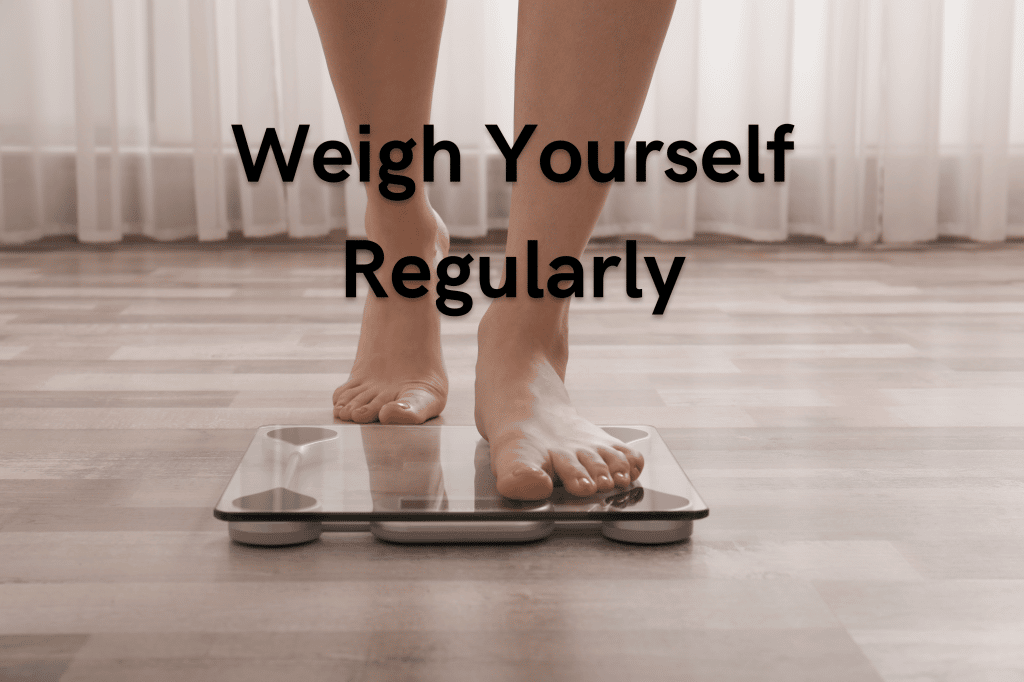Have you been wondering how fit and healthy you really are? If so, what can you do to determine your level of health and fitness overall? These days, most people of all ages are striving to be fit and healthy in order to live a longer and more fulfilling life but what can you do to measure your progress and discover where you’re at in your health and fitness goals? Let’s take a look at some ways you can measure your current level of fitness and health and why you should monitor it.
Why Keep Tabs On Your Health and Fitness?
If you regularly monitor your progress, it can help you to set new goals to achieve and give you an idea of how much progress you’ve already made. If you feel like you’re not where you expected to be, then you can tweak your fitness routine and your diet to better target the outcomes you desire. Alternatively, when you know how you’re progressing and you see marked improvement, it serves as a motivator to keep going.
Measure Your Heart Rate
The measure of a healthy heart rate can vary from person to person but a good yardstick is to have a resting pulse rate of about 60 beats per minute. Professional athletes sometimes even have lower resting pulse rates than this, due to their extreme training. A healthy resting heart rate also varies with age, with heart rates up to 100 BPM being normal for older people.
You will also want to measure your active pulse rate (also known as a target pulse rate or maximum heart rate) right after performing some vigorous cardiovascular exercise, such as an aerobic workout or a run. Again, a good rate varies from person to person and with age. One way to come up with a figure is to subtract your age from 220 BPM. If you’re 50, for example, your target heart rate would be 170 when in peak physical condition and performing high intensity exercise.
Weigh Yourself Regularly
If your goal is to shed some kilos and get down to your ideal weight range, then jumping on the scales regularly will help you monitor your progress. Always weigh yourself at the same time of the day, preferably first thing in the morning before you’ve had anything to eat or drink. Jumping on the scales completely naked will also yield more accurate results, as the weight won’t be swayed by what you’re wearing.

Take Measurements With a Flexible Measuring Tape
Use a tape measure used for fabrics and clothing manufacture. Regularly take measurements of those parts of the body you want to monitor, such as the waistline. Write down your measurements each time so you can compare them to previous measurements.
This works just as well for weight gain as it does for weight loss. For example, you might be trying to build more muscle mass. Therefore, when you measure your biceps or chest and see an increase, you’ll know your health and fitness routine is yielding the desired results.
Your Workouts Will Indicate Your Fitness Level
It doesn’t really matter what you do for exercise, the more you do it, the fitter you will get. Monitoring your actual workouts and exercises will give you a good indication of where you’re at on a number of levels.
For example, let’s say you jog the same route every day. If you get in the habit of timing yourself and find yourself continually improving your time, you know you are making progress. Likewise, you can determine your current cardiovascular fitness by measuring how you feel against previous runs. If you finish a jog and find your breathing is controlled and you don’t feel totally out of breath, you know your heart and lung fitness has increased.
It’s the same if you’re lifting weights in the gym. If the usual weight is starting to feel light or you’re not getting any burn from the number of reps you’re doing, it means your muscle strength and endurance have increased. You can even measure this by simply performing some push ups and sit ups at home.
Use a Fitness Tracker
You could use something like a FitBit wrist tracker or even download an app on your smartphone to monitor things like how many steps you’ve taken during the day, you heart rate at various times throughout the day and even the quality of your sleep. With this type of technology readily available, it only makes sense to take advantage of it.
Test Your Flexibility
It’s a wise idea to do stretching exercises every day in conjunction with eating healthy and getting regular exercise. Doing this will not only keep you flexible and injury-free, it will also help you monitor how flexible you are and whether your flexibility needs to be improved. Make a habit of performing stretching exercises and monitoring your flexibility.

More Tips For Measuring/Monitoring Your Health and Fitness
Let’s now list these tips and more for easy reference:
- Measure resting and active heart rate
- Keep tabs on your weight
- Regularly measure key areas of your body
- Note your fitness levels while working out
- Make use of fitness trackers
- Test Your Flexibility
- Your recovery time is getting quicker
- You’re exercising regularly and feeling good
- You have plenty of energy and feel healthy overall
- You are capable of doing a variety of different exercises competently
- You feel rested and positive
- You look fit and healthy
- Getting restful sleep is becoming easier
- You are free of injuries
The Takeaway
If the goal is to be fit and healthy and to remain that way, then you will want to monitor your progress so you can improve even further, or at least maintain where you are at. Follow the ideas in this article to keep an eye on your current health and fitness levels.
https://www.mayoclinic.org/healthy-lifestyle/fitness/in-depth/fitness/art-20046433
https://www.heart.org/en/healthy-living/fitness/fitness-basics/target-heart-rates




